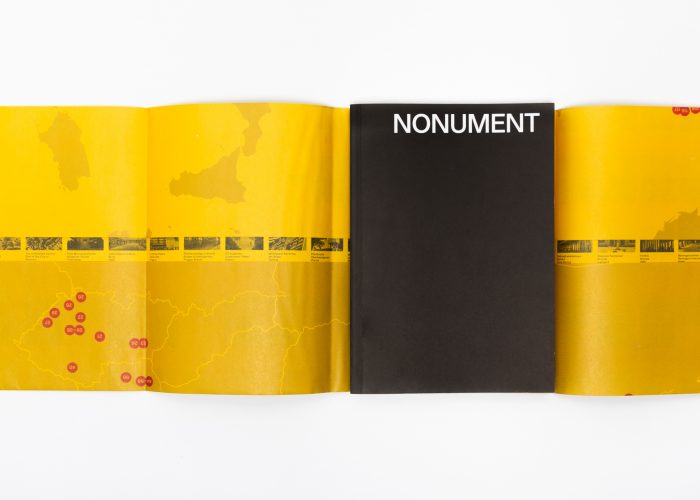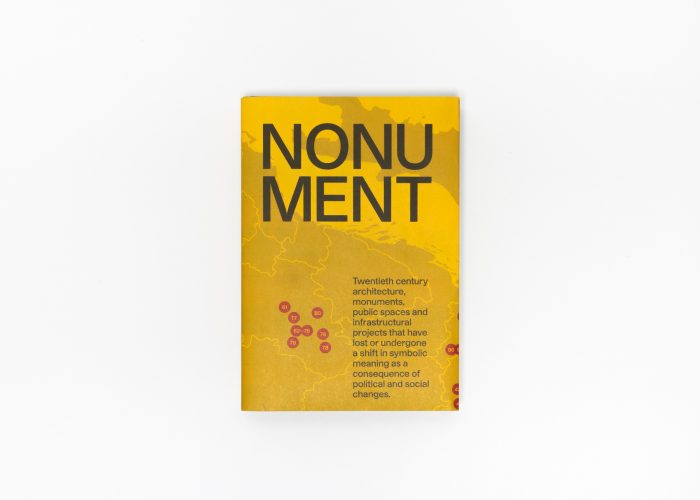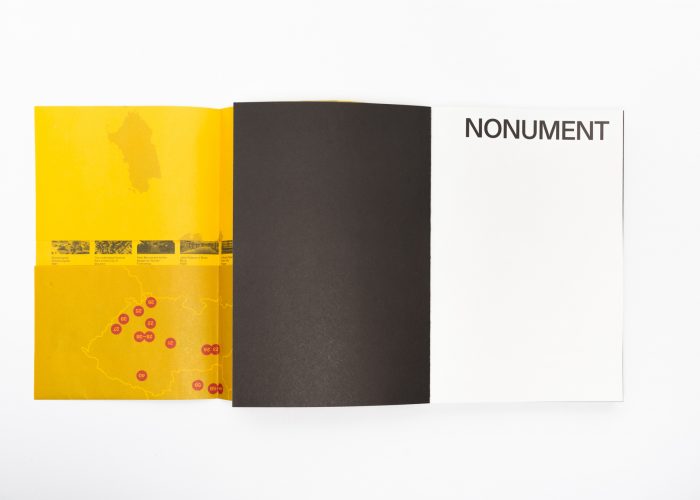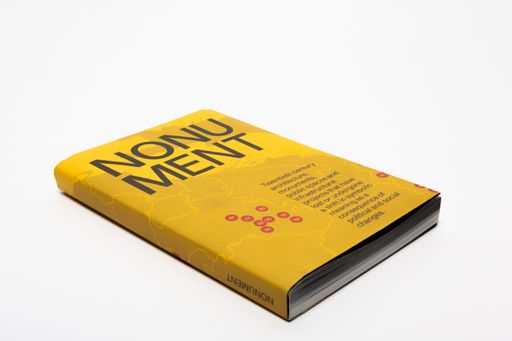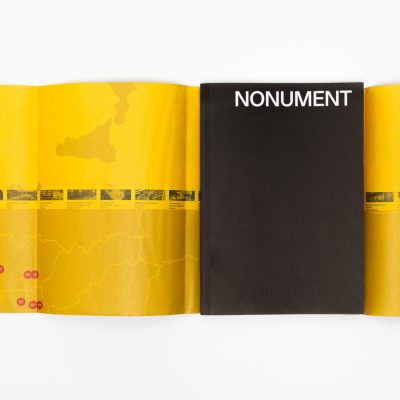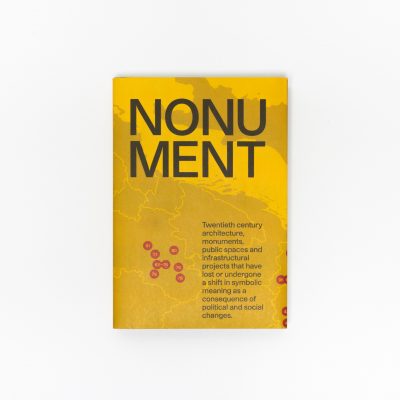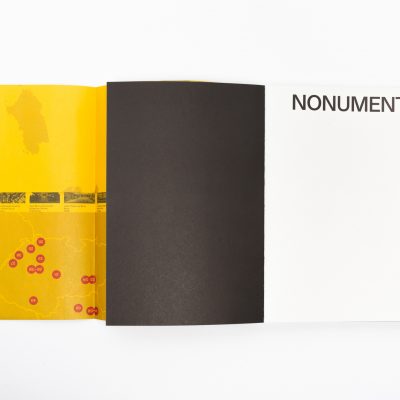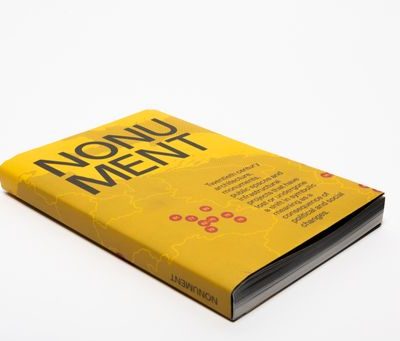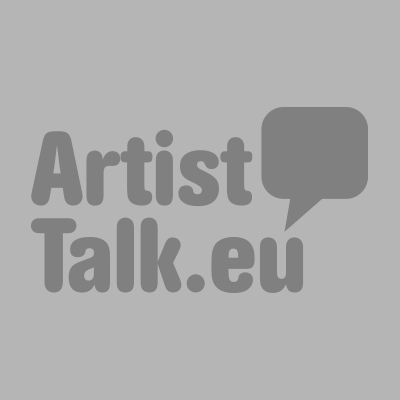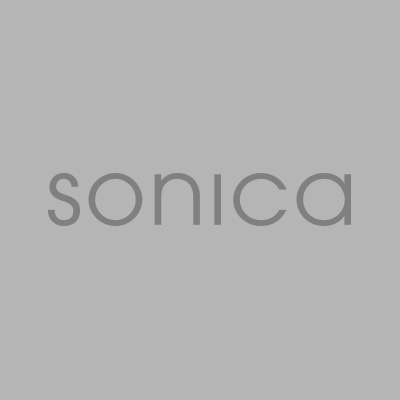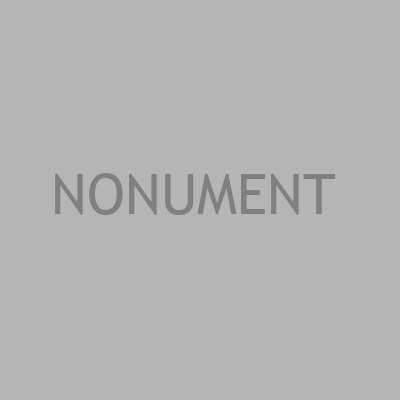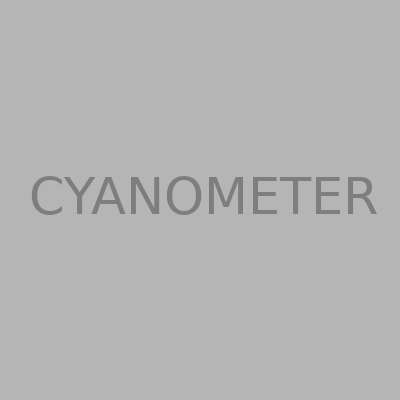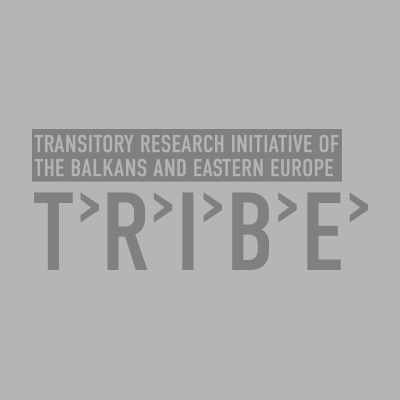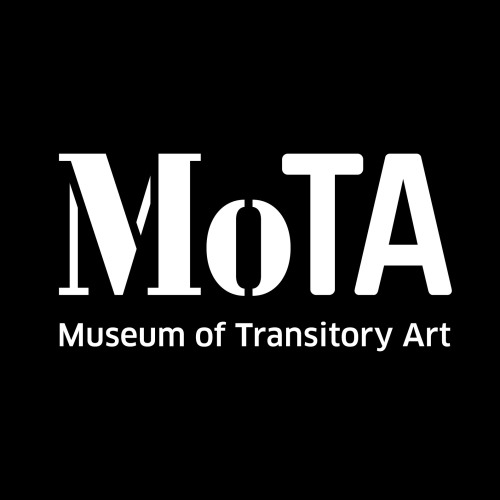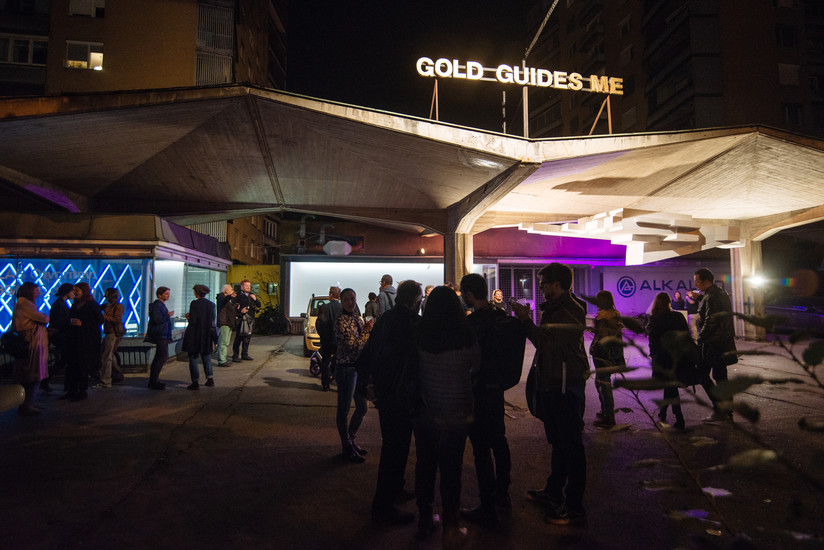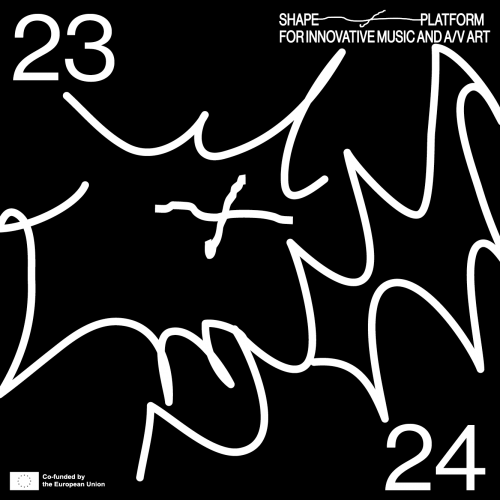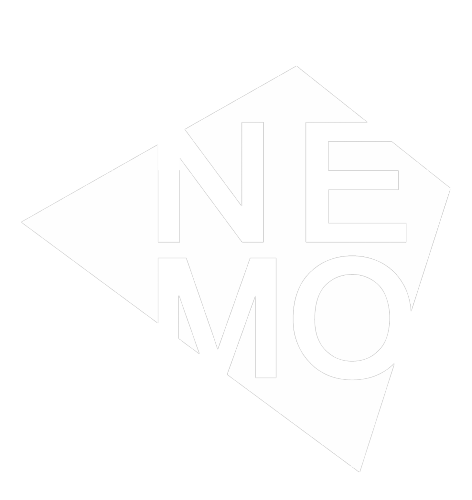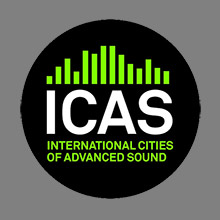The NONUMENT! book
The long awaited Nonument! Book is now available for orders. With essays by: Branislav Dimitrijević, Alexei Monroe, Nika Grabar, Ljuba Slavković, Hans von Houwelingen, Miloš Kosec and Elke Krasny. With case studies by: Vladimir Dulović, Aneliya Ivanova, Achilleas Kentonis, Joshua Kob, Fred Scharmen, Ladislav Zikmund-Lender and Danica Sretenović. With a map of 120 nonuments and two visual essays by the Nonument Group.
Nonument is a groundbreaking enquiry into the fate and future of a wide range of threatened, neglected and celebrated buildings, styles and structures. Based on several years of research activity and
featuring a wide range of contributors, Nonument sheds light on many of the most hotly contested debates in the areas of architecture and conservation, as well as the political and cultural forces shaping them.
The term Nonument describes architectures, public spaces and monuments that have undergone a process of transformation within which they have acquired a new meaning. Nonuments are hidden, abandoned, unwanted or otherwise forgotten built spaces, which used to have a strong symbolic value, and have the potential to be repurposed, reclaimed and reused. Employing this concept through organisation of art projects, interventions and interdisciplinary symposia, a series of diverse contributions emerged. The first Nonument publication brings together a number of theory and practice-based insights on the neologism ‘nonument’ and on connected issues of architectural memorialisation, negation, abandonment and ruination. The publication mirrors this polyphonic nature of approaches through three different but interconnected parts.
Book sections: Reflections, Case Studies, Index of nonuments, Visual essays
In the first section, Reflections, seven writers reflect on the phenomenon of contemporary nonuments and their relevance in contemporary society. Art historians, architecture theorists and artists discuss the fate of these monuments and buildings in changed social and political circumstances. These essays offer a bird’s eye view of the vast nonumental field from all across the globe, from contextualising the fetishism of both British brutalism and Yugoslav “Spomeniks” to the influence of post-colonial discourse and laissez-faire economics of the post-1990 transition from socialism to capitalism upon the changed urban space. Contributors, each in their own way and through their own (inter)disciplinary language, address the negation of monuments and buildings as politically charged destruction of memory, driven by commodification, but also as a spatial opportunity and as a chance to rethink how to come to terms with one’s own past.
The Case studies section presents studies of seven nonuments: the Berengaria hotel in Cyprus, the Buzludzha monument in Bulgaria, the Flak towers in Austria, the Genex building in Serbia, the now demolished McKeldin Fountain in Maryland, US, the Transgas complex in the Czech Republic, and the Pioneer Railway in Slovenia.
The two Visual essays in the centre of this book are devoted to the sites of two Nonument Group case studies: the Pioneer Railway and the McKeldin Fountain. These were also the sites of the Nonument Group art interventions.
The outer sleeve of the book is printed with an index and a map of nonuments in Austria, Bulgaria, Czech Republic, Cyprus, Serbia and Slovenia. This index of 120 nonuments – the nonument database, is an archive of the ongoing multidisciplinary research of twentieth-century built spaces that have undergone a shift in meaning. Rather than a glorified collection of obscurities and architectural styles, this database hopes to become a device through which we can better understand the impact of governmental changes on the uses of public space, the way we comprehend space and architecture, and the role that the politics of space play in the creation of dominant narratives.
Technical details
Soft bound
Paper wrapped with a map and index of 120 nonuments
287 pages, black and white with color insert
About the book
The index and the study cases sections are the result of the efforts of six partner organisations and was produced for MAPS project (2017-2019). Six partner organisations contributed to this research: MoTA – Museum of Transitory Art in Ljubljana, Slovenia; WH Media Gmbh in Vienna, Austria; Center for Central European Architecture in Prague, Czech Republic; House of Humor and Satire in Gabrovo, Bulgaria; ARTos Foundation in Nicosia, Cyprus; and Tačka Komunikacije in Belgrade, Serbia.
With the support of the Creative Europe programme of the European Union. The European Commission’s support for the production of this publication does not constitute an endorsement of the contents, which reflect the views only of the authors, and the Commission cannot be held responsible for any use which may be made of the information contained therein.
Order info
PRICE: 25 EUR + shipping*
To get your copy, send us an email at: info@nonument.org.

